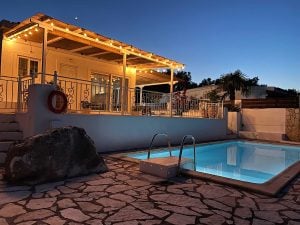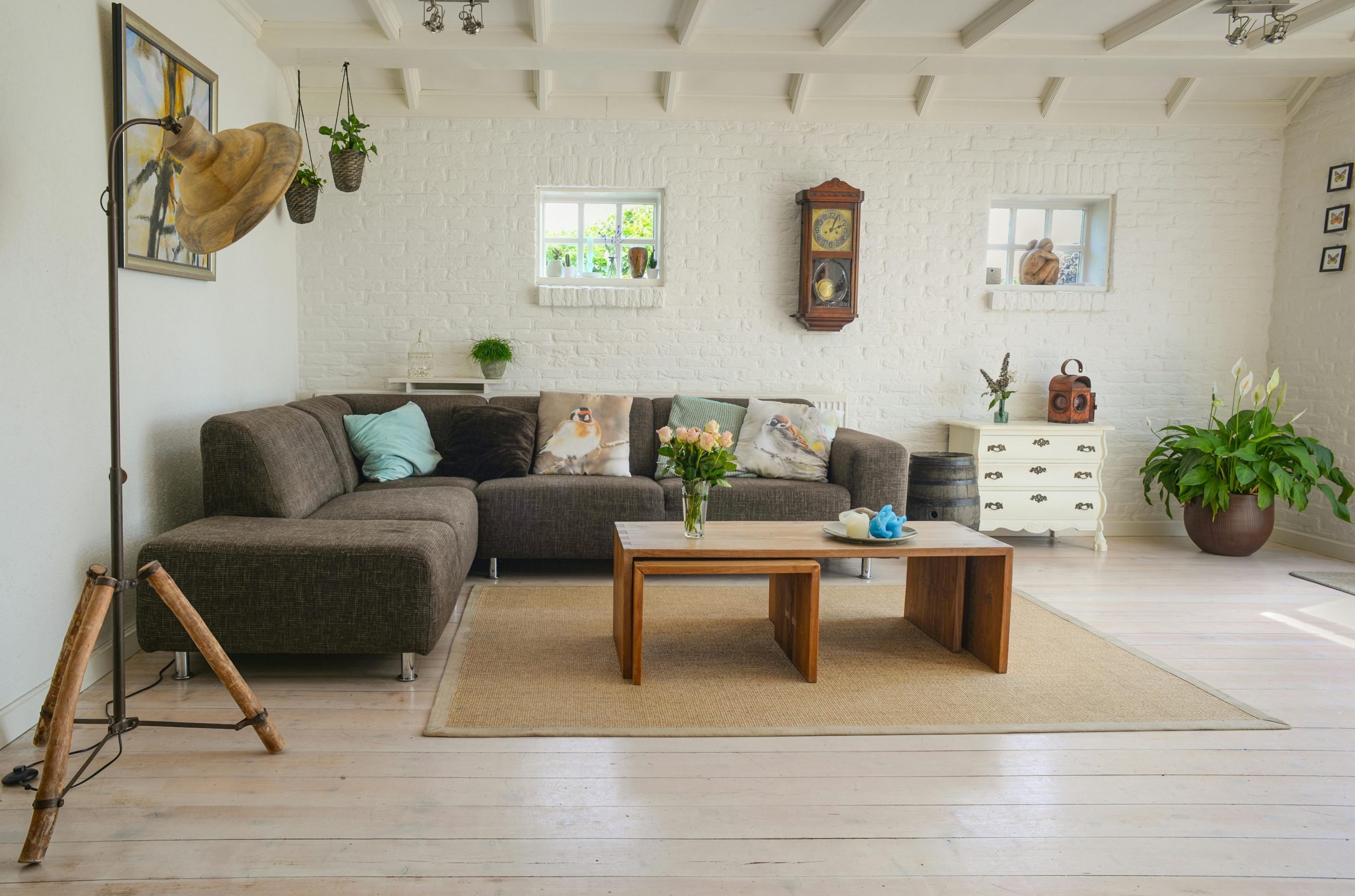Chania Old Town is exceptionally walkable, with its compact historic centre spanning less than one square kilometre of pedestrian-friendly streets and car-free zones. The entire area can be explored comfortably on foot, from the scenic Venetian harbour to the charming shopping streets lined with traditional architecture. Most attractions, restaurants, and landmarks lie within easy walking distance of each other.
What makes Chania Old Town so walkable for visitors?
Chania Old Town’s compact layout and extensive pedestrian zones make it ideal for walking exploration. The historic centre covers approximately 0.8 square kilometres, with most major attractions clustered around the Venetian harbour and main shopping streets. Large sections are completely car-free, including the iconic harbour promenade and the bustling market areas.
The town’s walkable design stems from its Venetian origins, when narrow streets were built for foot traffic and small carts rather than modern vehicles. Today, these same pathways create an intimate walking experience where visitors can easily navigate between the Municipal Market, the Mosque of Kioutsouk Hassan, and the picturesque lighthouse. The harbour front offers unobstructed walking along the waterfront, whilst the interior streets provide shade and shelter from summer heat.
Traffic restrictions in the historic core mean pedestrians have priority throughout most areas. Only residents and delivery vehicles have limited access during specific hours, ensuring that Chania Old Town walking tours remain pleasant and safe throughout the day.
How challenging are the cobblestone streets in Chania Old Town?
The cobblestone streets present moderate challenges due to uneven surfaces and varying stone sizes. Most paths are manageable for visitors with reasonable mobility, though some areas feature irregular stone patterns that require careful footing. The stones can become slippery when wet, particularly during morning cleaning or after rain.
Different areas of the Old Town have varying cobblestone conditions. The main harbour promenade features relatively smooth, well-maintained stones that pose minimal difficulty. However, smaller side streets and alleyways often have more uneven surfaces with gaps between stones that can catch heels or cause stumbling.
Visitors with mobility concerns should stick to the wider main streets like Halidon Street and the harbour front, where surfaces are generally smoother. Those using walking aids or wheelchairs may find some narrow alleys challenging, though the primary tourist routes remain accessible. The gentle slopes throughout most of the Old Town rarely present significant elevation challenges for pedestrians.
What are the best walking routes through Chania’s historic centre?
The most rewarding walking route begins at the Municipal Market, continues along Halidon Street to the harbour, then follows the waterfront promenade to the lighthouse before returning through the quieter back streets. This circuit covers all major attractions whilst avoiding the steepest inclines and busiest tourist bottlenecks.
For harbour views and major landmarks, start at Plateia Sintrivaniou and walk down Halidon Street, passing the Archaeological Museum and various shops. The harbour front provides stunning photo opportunities, particularly near the Egyptian Lighthouse and the Mosque of Kioutsouk Hassan. Continue along the eastern harbour wall for panoramic views before exploring the Topanas neighbourhood’s quieter residential streets.
Alternative routes include the western districts around the Firka Fortress, which offer excellent sunset viewing spots and fewer crowds. The narrow streets behind the harbour, such as those around Theotokopoulou Street, reveal hidden courtyards, local workshops, and authentic tavernas away from the main tourist flows. These paths connect naturally back to the central areas without requiring backtracking.
How long does it take to walk around Chania Old Town?
A basic walking tour of Chania Old Town takes 30-45 minutes for the main circuit, whilst a comprehensive exploration with stops requires 2-3 hours. The timeframe depends on your pace, photography stops, and interest in detailed exploration of side streets and landmarks. Most visitors find 90 minutes sufficient for a satisfying overview.
Quick orientation walks covering the harbour, main shopping street, and market area can be completed in 30 minutes. This allows time to understand the layout and identify areas for later detailed exploration. A standard tourist circuit including the lighthouse, mosque, and key photo spots typically requires 60-90 minutes at a comfortable pace.
Extended explorations that include museum visits, shopping, and café stops often expand to 2-3 hours or more. Many visitors prefer to break their walking into multiple shorter sessions, perhaps exploring different quarters during morning and evening strolls. The compact size means you can easily return to your starting point and venture out again without significant planning.
Are there any areas in Chania Old Town that aren’t pedestrian-friendly?
Several streets allow limited vehicle access, particularly Halidon Street and parts of the outer perimeter roads where delivery trucks and resident vehicles operate. The areas immediately outside the historic core also accommodate normal traffic flow, requiring standard urban pedestrian caution. Some narrow alleys have particularly challenging cobblestone surfaces.
Halidon Street, the main thoroughfare connecting the market to the harbour, permits taxis and some local traffic during certain hours. Visitors should remain alert for vehicles, though traffic moves slowly due to the narrow roadway and frequent pedestrian crossings. The street remains walkable but requires sharing space with occasional cars and motorbikes.
The outer edges of the Old Town, particularly near Skalidi Street and the areas transitioning to the newer city districts, function as normal urban roads with regular traffic. Visitors with heavy luggage may find some of the narrowest alleys challenging, not due to vehicles but because of confined spaces and uneven surfaces. Alternative routes along wider streets provide easier navigation for those with mobility equipment or substantial baggage.
For those interested in Greek property investment opportunities, Chania’s walkable Old Town represents one of Greece’s most attractive historic districts for both residential and commercial real estate.
What should you wear when walking through Chania Old Town?
Comfortable walking shoes with good grip and ankle support are essential for navigating Chania’s cobblestone streets safely. Avoid high heels, flip-flops, or smooth-soled shoes that can slip on the stone surfaces. Sturdy trainers or walking boots provide the best combination of comfort and stability for extended exploration.
Seasonal clothing considerations vary significantly between summer and winter visits. During summer months, lightweight, breathable fabrics and sun protection become priorities, along with comfortable walking shoes. The narrow streets provide some shade, but the harbour areas offer little protection from intense midday sun. A hat and sunglasses prove invaluable for harbour-front walking.
Essential items for comfortable walking include a small backpack or crossbody bag for hands-free movement through narrow passages. Comfortable, moisture-wicking clothing prevents discomfort during longer explorations, whilst layers allow adjustment for varying conditions between shaded alleys and sunny harbour areas. During winter visits, waterproof footwear becomes important as cobblestones can become slippery when wet.
Chania Old Town’s exceptional walkability makes it one of Greece’s most accessible historic centres for visitors of all ages. The combination of compact layout, pedestrian-friendly zones, and manageable terrain creates an ideal environment for discovering Venetian architecture, traditional crafts, and authentic Greek culture on foot. For personalised guidance on exploring Chania’s property market or other Greek destinations, please contact our experienced team.


































